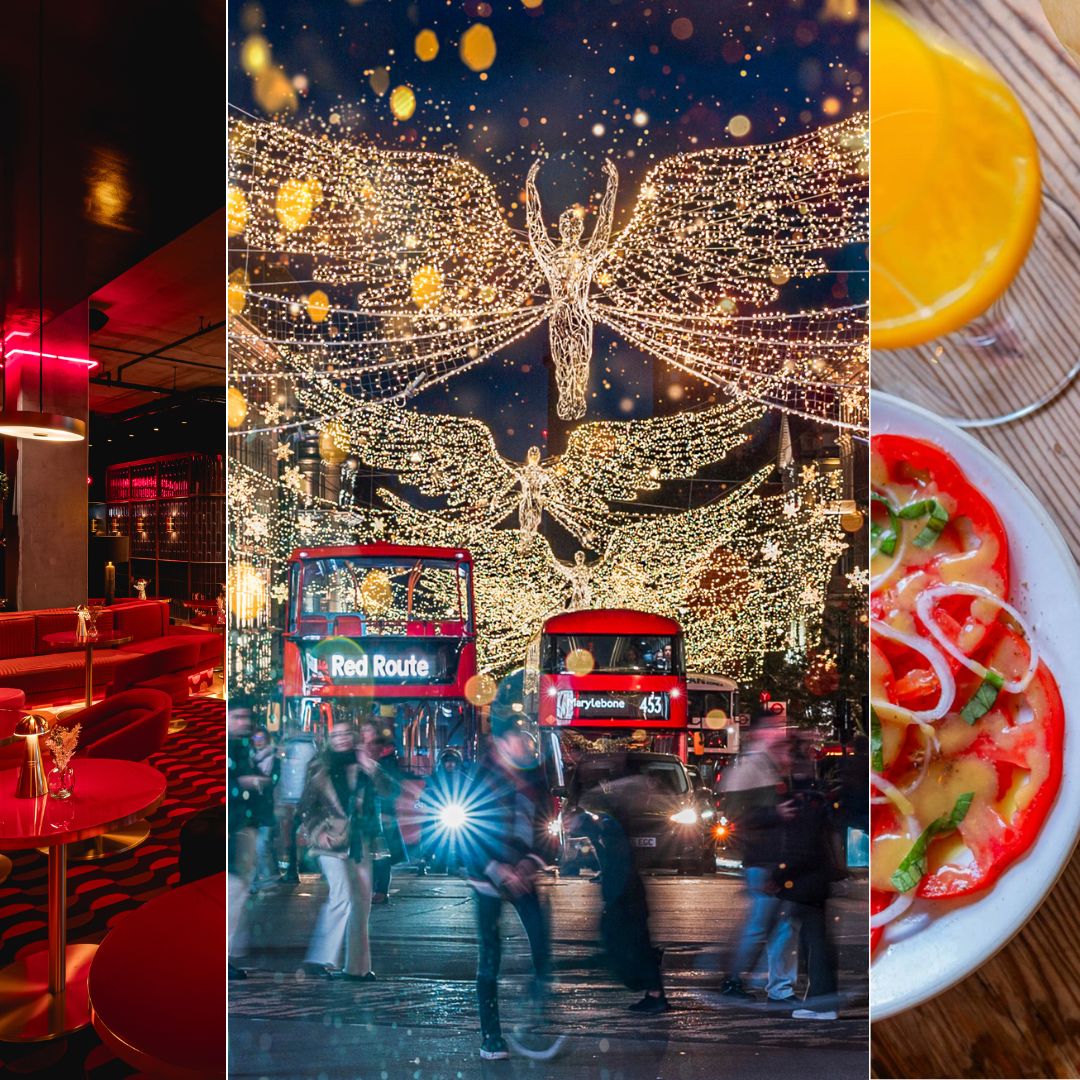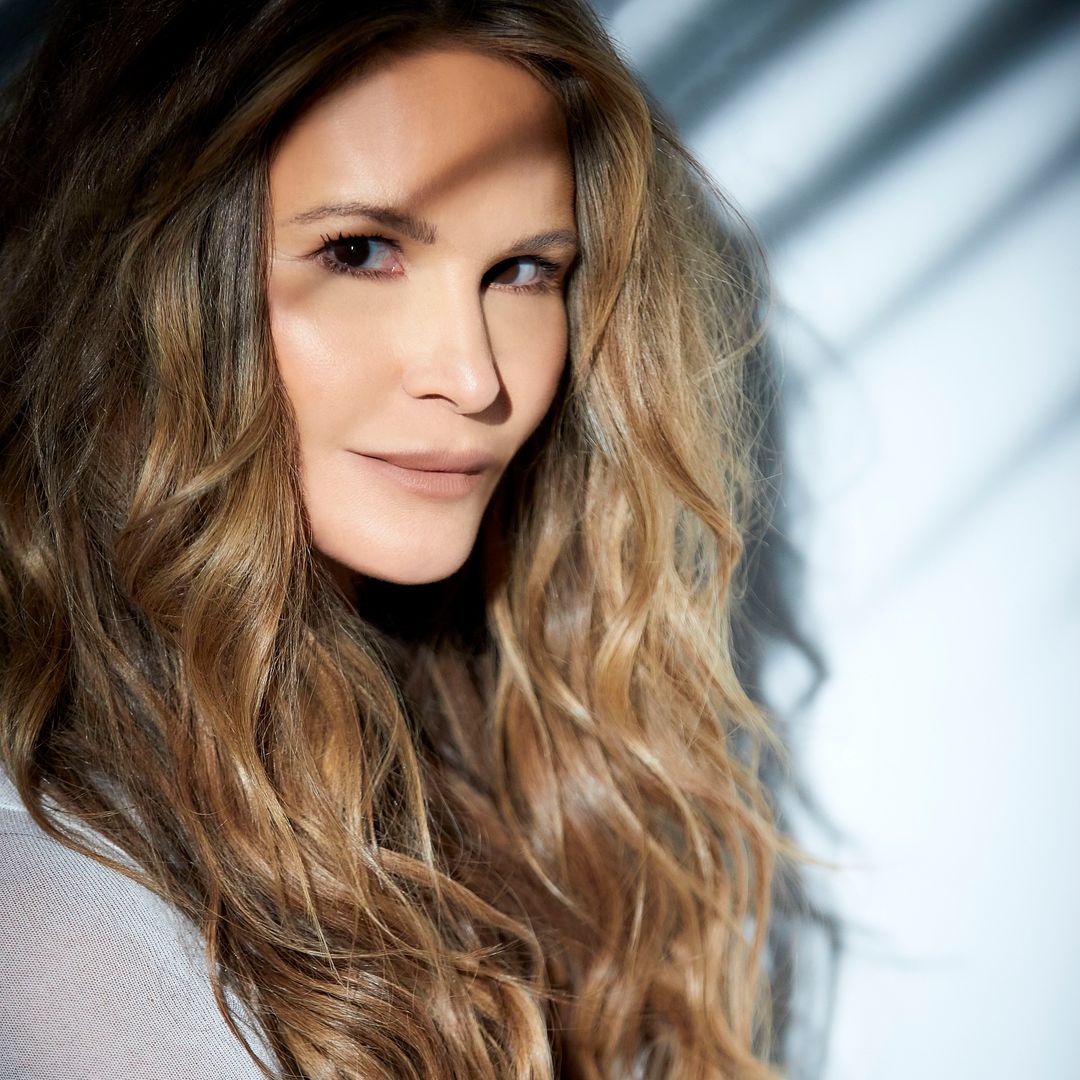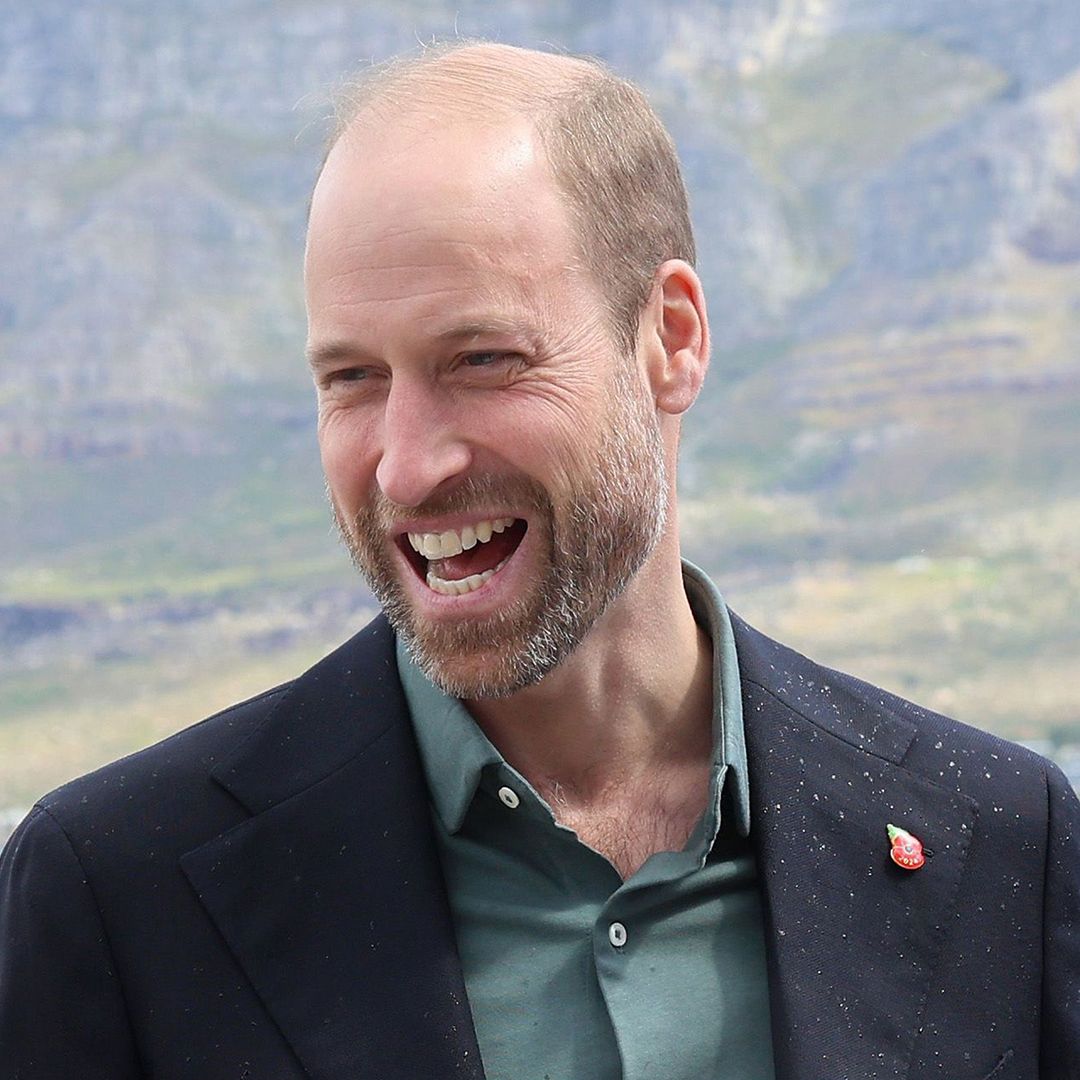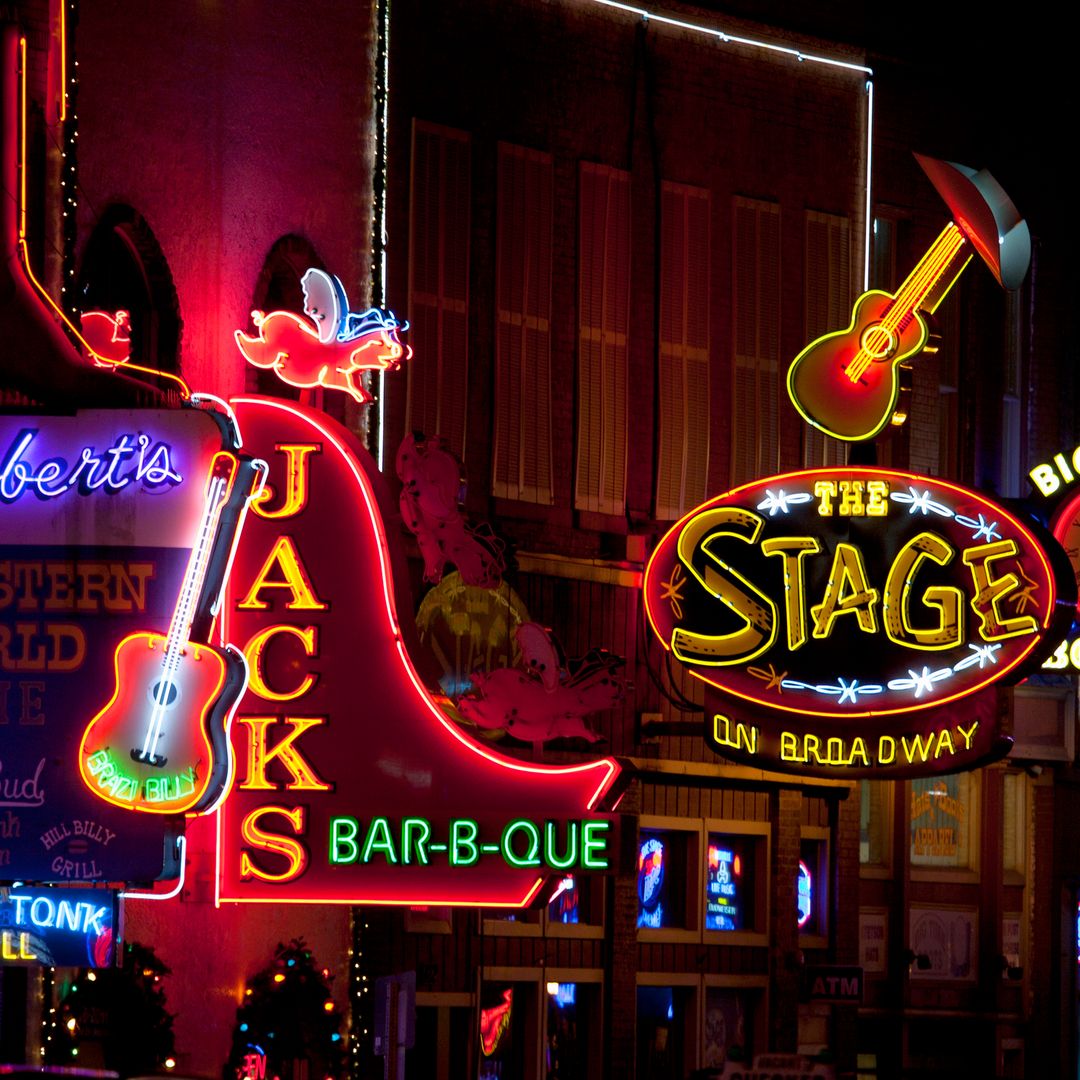Thanks to a few pioneering spirits, it's not so unusual now for a woman to succeed even in a male-dominated environment. Here we invite you to discover the places that inspired four women whose contribution in fields as diverse as science, art, literature and politics has guaranteed them a place in history.
Mexico through the eyes of Frida Kahlo
Married to the famous Mexican muralist Diego de Rivera a few years after an accident that was to leave her in pain for the rest of her life, Frida Kahlo was friends with prominent figures from the worlds of politics and the arts, including Leon Trotsky, Andre Breton and Nikolas Muray. She battled the society she lived in and came to be recognised as one of the outstanding artists of the twentieth century. It was the unique Mexican mix of pre-Columbian civilisations, colonialism and contemporary political turmoil which made her artistic expression possible. Discover for yourself the rich vegetation, the landscape and the vivid colours of Mexico that inspired the artist and filled her canvases.
The power of Evita
A simple supporting role wasn't enough to satisfy Evita Peron, whose name has passed into history as far more than first lady of Argentina: she is equally famous for her fight for labour rights, her championing of women's suffrage and her efforts to improve the lot of women in Argentina. Known as the Spiritual Leader of the Nation, when she died of cancer aged only 33, so many flowers were stacked in the streets of the capital that the florists in Buenos Aires ran out. The vast Argentine Republic provides more than enough culture, history and natural wonders to satisfy any traveller, including the stunning scenery of Patagonia and Tierra del Fuego in the south.
Warsaw: the birthplace of Madame Curie
One of the few women to be awarded a Nobel Prize, and one of only two laureates to receive prizes in two different fields – physics (1903) and chemistry (1911) – Marie Curie was also the first woman to become a professor at the prestigious Sorbonne in France when she took over the physics department chair after the death of her husband. Although she took French citizenship, she was born Maria Sklodowska in Warsaw, then part of the Russian Empire, but later capital of Poland. She lived in Warsaw until her middle twenties and maintained strong ties with the city. The city suffered terrible damage during the war, when some 80% of the buildings were destroyed, but has been carefully rebuilt and the reconstructed historic centre of Warsaw is now a UNESCO World Heritage Site. Despite its relative modernity, the city and surrounding area boast many interesting attractions including an impressive museum dedicated to the life and work of the ground-breaking woman scientist.
Geneva: where Frankenstein was conceived
Perhaps literature is one of the areas that it was easier for women to break into, but plenty of early women novelists published anonymously or under a pen name. And many of them stuck to writing romances. Mary Shelley, though, turned her hand to horror and, in doing so, assured herself a place in the history books and guaranteed, with a single work, a more enduring popularity than that of the poet Percy Bysshe Shelley, her lover and later husband. She was not yet 19 when, in 1816, the couple spent a summer near Lake Geneva with friends, including the infamous Lord Byron. It was here among the lakes and mountains of Switzerland, during a cold and dreary period experienced worldwide and caused by a volcanic eruption the previous year, that she conceived the story of her Gothic novel, Frankenstein. Geneva, the second largest city in the country, is the setting for parts of the novel. Home of the United Nations and an international financial centre, the beautiful city boasts many art galleries and museums, and the surrounding countryside offers opportunities for a whole range of activites from biking, hiking and skiiing to wine tasting.







